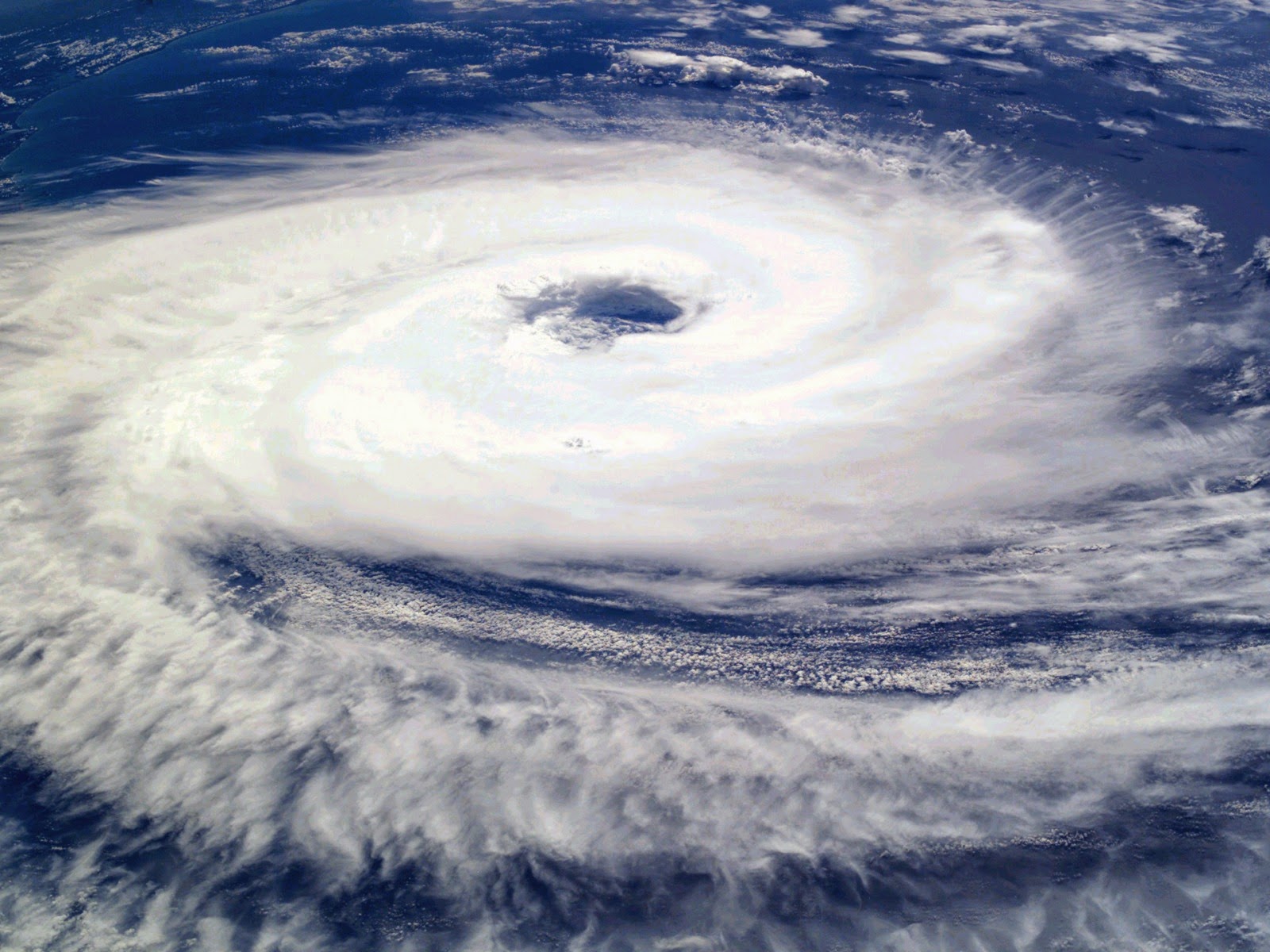Future climate warming could lead to a re-greening of the southernmost Sahara (Sahel), with decreased dust emissions and changes in land cover.
In a recent study, researchers at the Department of Meteorology at Stockholm University have found that tropical cyclone activity may have increased during past warm climates in connection with a greening of the Sahara, Science Daily reported.
Tropical cyclones can have devastating effects, with costly damage and loss of human lives. In the Department of Meteorology at Stockholm University, researchers have done a series of model simulations investigating tropical cyclone activity during an earlier warm climate, the mid-Holocene, 6,000 years ago.
The now hyper-arid Sahara Desert was characterized by a lush extent of grass and consequently reduced dust emission due to changes in Earth’s orbital parameters. Such changes in the orbital forcing led to much stronger summer insolation (solar radiation that reaches the planet’s surface) in the Northern Hemisphere and consequently to stronger monsoons.
Earlier studies on the sensitivity of tropical cyclones to past climates have only analyzed the effect of changes in the solar radiation from orbital forcing on the formation of tropical cyclones, without considering the feedbacks associated with the consequent greening of the Sahara.
“Our results show that a greening of the Sahara with reduced dust loadings lead to more favorable conditions for tropical cyclone development,” said Francesco S.R. Pausata, researcher at the Department of Meteorology, Stockholm University.
The greening of Sahara strengthens the West African Monsoon, which triggers a change in the atmospheric circulation over the entire tropics, affecting tropical cyclone activity.
“It is of paramount importance to account for changes in Saharan vegetation and dust emissions when simulating past climate change. Therefore, also changes in land cover should be represented in climate models for projections of future climate,” concludes Pausata.
The article has been published in the scientific journal PNAS.


